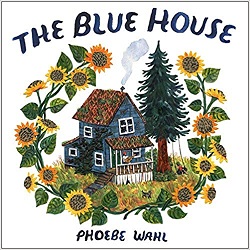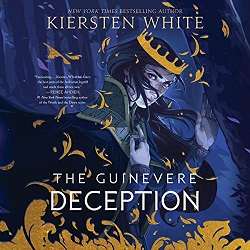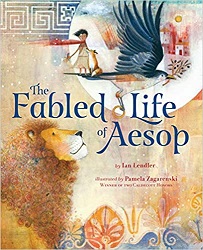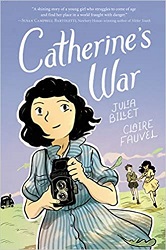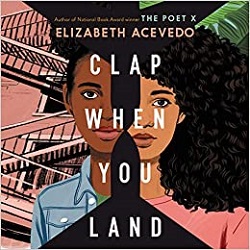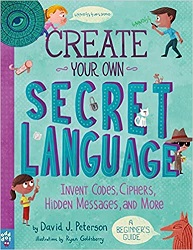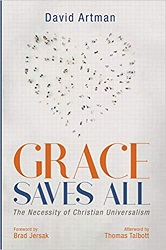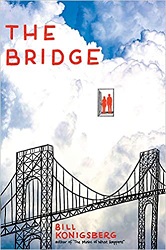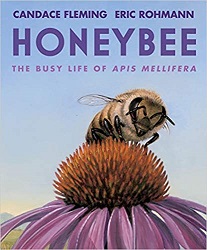Review of Almost American Girl, by Robin Ha
by Robin Ha
Balzer + Bray (HarperCollins), 2020. 233 pages.
Review written May 13, 2020, from a library book
Starred Review
2020 Sonderbooks Stand-out:
#4 Longer Children’s Nonfiction
The graphic format is so wonderful for a memoir about dealing with middle school and high school under exceptionally trying circumstances. I hope this will enjoy the popularity of similar books such as Smile, Best Friends, and New Kid.
When Chuna Ha’s mother brought her to America one summer, Chuna thought they were just taking a vacation. They went to Alabama, a place Chuna had never heard of, and stayed with a “friend” of her mother. At the end of the “vacation,” her mother said she was getting married and they were in America to stay.
Chuna took the American name of Robin, but it was hard to pronounce. She didn’t speak English very well and had a lot of trouble in middle school in Alabama. We see Robin having trouble getting along with her step family, bullies teasing her cruelly at school, and how hard it is to make friends when you don’t speak the same language. She finally meets kids she connects with when her mother finds a comics class at a comics store.
She and her mother move to Virginia when she’s ready to start high school, and then there’s an entire classroom full of English Language Learners, so she no longer feels so out of place, and doesn’t stand out. At the end of the book, Robin visits her hometown in Korea and sees her old friends and learns that not only is she different from them now, she has different hopes and dreams for her future.
This graphic-format memoir brings you into Robin’s experiences with all its struggles and triumphs.
banchancomic.tumblr.com
epicreads.com
Find this review on Sonderbooks at: www.sonderbooks.com/Childrens_Nonfiction/almost_american_girl.html
Disclosure: I am an Amazon Affiliate, and will earn a small percentage if you order a book on Amazon after clicking through from my site.
Disclaimer: I am a professional librarian, but the views expressed are solely my own, and in no way represent the official views of my employer or of any committee or group of which I am part.
What did you think of this book?

